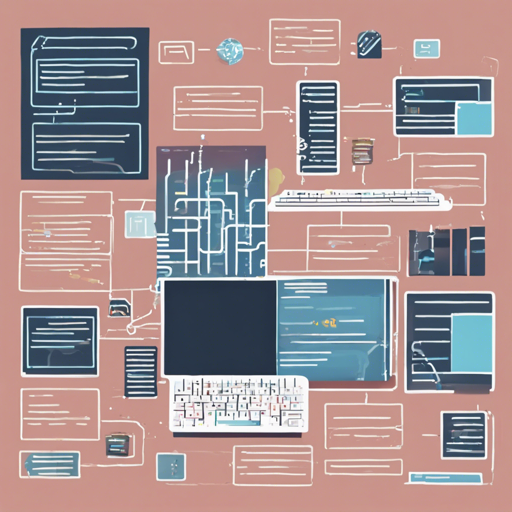In this article, we will embark on an exciting journey to create a language translation model using TensorFlow. Our objective is to build a seq2seq model, also known as an encoder-decoder model, that effectively translates English sentences to French. Buckle up as we navigate through the detailed steps of data preprocessing, model building, training, and prediction!
Overview of the Contents
Data Preprocessing
To start our translation project, we need to preprocess the data. Here’s what stands out:
- First, we gather the necessary dataset.
- Next, we create a lookup table that helps in mapping words to their corresponding indices.
- Finally, we convert raw text into an index-based array using the lookup table.

Build Model
This section illustrates how to define the seq2seq model in TensorFlow, akin to constructing a high-tech gadget by assembling its parts. Just like a skilled inventor, we will:
- Define input parameters for the encoder model –
enc_dec_model_inputs. - Build the encoder model –
encoding_layer. - Define input parameters for the decoder model –
process_decoder_inputanddecoding_layer. - Build the decoder model for training –
decoding_layer_train. - Build the decoder model for inference –
decoding_layer_infer. - Combine decoder models into one –
decoding_layer. - Connect the encoder and decoder models –
seq2seq_model. - Train the model and estimate loss and accuracy.

Training
The training stage can be compared to how a chef prepares a meal. Ingredients (or functions) are put together to create a delectable dish (or model). In this stage, we will:
- Use the functions defined earlier to create a model instance.
- Define the cost function indicating how well the model performs.
- Apply an optimizer to minimize the cost function.
- Utilize gradient clipping to modify the value of the gradients within TensorFlow’s optimizer module.
Prediction
Finally, we arrive at the prediction stage. Here, we will display the results of our trained model—much like the final taste-testing of the dish created by our chef. The output will reflect how well our model translates sentences from English to French.
Troubleshooting
As you embark on this intriguing project, you may run into a few bumps along the way. Should you encounter any issues, here are some quick troubleshooting ideas:
- If the model does not seem to learn, ensure that your dataset is properly preprocessed and balanced.
- Check the architecture configuration of your seq2seq model—mistakes in the number of layers or incorrect dimensions can hinder performance.
- If you encounter errors with TensorFlow commands, make sure that your TensorFlow version is compatible with the code.
For more insights, updates, or to collaborate on AI development projects, stay connected with fxis.ai.
At fxis.ai, we believe that such advancements are crucial for the future of AI, as they enable more comprehensive and effective solutions. Our team is continually exploring new methodologies to push the envelope in artificial intelligence, ensuring that our clients benefit from the latest technological innovations.

